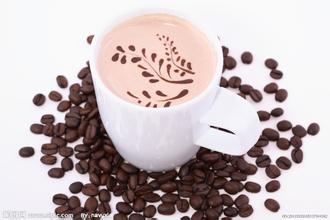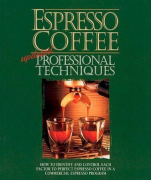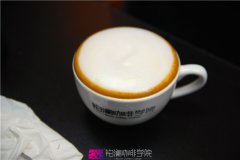Caffeine's effects on the body

1. Caffeine is good for both short-term and long-term memory. Earlier studies have found that caffeine helps short-term memory, and more recent studies have found that caffeine also has benefits for long-term memory. Dr. Jacklin London, senior dietitian at Mount Sinai Hospital in New York, said consuming 300 to 400 milligrams of caffeine a day could help prevent cognitive decline and Alzheimer's disease.
2. Caffeine can improve athletic performance. Drinking coffee an hour before a race boosts performance. The reason is that caffeine can improve alertness and shorten reaction time.
3. Caffeine refreshes instantly. Caffeine easily crosses the blood-brain barrier and quickly stimulates the central nervous system. Caffeine intake immediately refreshes, and euphoria peaks 30 to 60 minutes later.
4. Caffeine content in coffee varies widely. A study published in the Journal of Analytical Toxicology found that a 16-ounce serving of one famous brand of coffee contained 100 milligrams more caffeine than an equivalent amount of other coffee. The study also showed that even coffee of the same brand can vary in caffeine content by as much as 300 milligrams per bottle. Dr. London says a 16-ounce cup of standard coffee can contain anywhere from 90 to 225 milligrams of caffeine.
5. Espresso has a much lower caffeine content than regular coffee. Espresso, everyone assumed, must have the most caffeine. However, Dr. London said that a cup of espresso coffee contains only 40 to 70 milligrams of caffeine, much less than the same amount of regular coffee. Therefore, if you are sensitive to caffeine, it is best to choose espresso coffee such as cappuccino coffee.
6. Caffeine does not cause dehydration. According to the Food and Drug Administration, since 98% of caffeine is consumed through beverages, caffeine intake is also hydrating. Thus, although caffeine is a diuretic, it does not actually cause dehydration. However, coffee should also be drunk in moderation. Drinking water is the gold standard for hydration.
7. Caffeine doesn't just come from beverages. Chocolate is also a major source of caffeine. Caffeine is also found in certain foods and even medicines such as painkillers. People with heart disease or high blood pressure should always seek professional advice before taking caffeinated painkillers
Important Notice :
前街咖啡 FrontStreet Coffee has moved to new addredd:
FrontStreet Coffee Address: 315,Donghua East Road,GuangZhou
Tel:020 38364473
- Prev

Chapter 1 Basic Concept of Espresso
(I) Part I Basic Concepts Espresso Principle Building a Knowledge Framework is just a bunch of facts. Theory is the skeleton of facts. One thing I've learned from teaching espresso is that it's easier for people to cook themselves if they're taught the basics of espresso at the beginning
- Next

Classic espresso from Golden Circle Cappuccino Cafe
Gold circle cappuccino practice: 1, extract single / double espresso 2, cold milk, about 65C is appropriate, fully cut cotton 3, beat good hot milk (including milk foam) into the cup of espresso to the top bulge
Related
- Beginners will see the "Coffee pull flower" guide!
- What is the difference between ice blog purified milk and ordinary milk coffee?
- Why is the Philippines the largest producer of crops in Liberia?
- For coffee extraction, should the fine powder be retained?
- How does extracted espresso fill pressed powder? How much strength does it take to press the powder?
- How to make jasmine cold extract coffee? Is the jasmine + latte good?
- Will this little toy really make the coffee taste better? How does Lily Drip affect coffee extraction?
- Will the action of slapping the filter cup also affect coffee extraction?
- What's the difference between powder-to-water ratio and powder-to-liquid ratio?
- What is the Ethiopian local species? What does it have to do with Heirloom native species?

